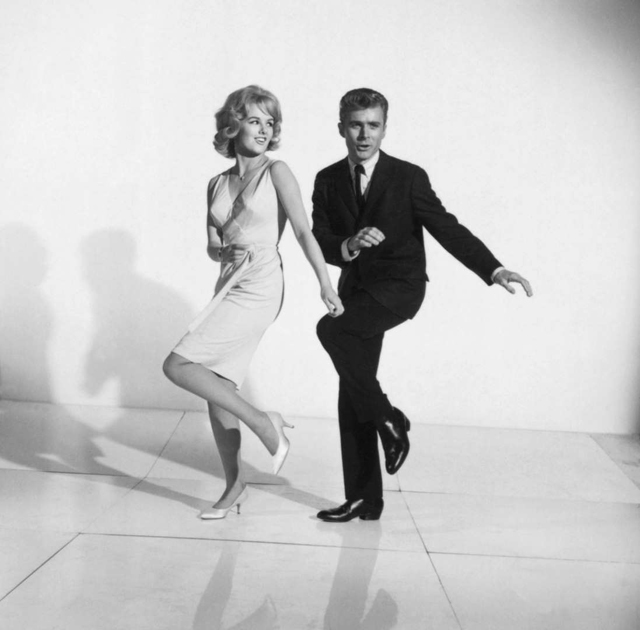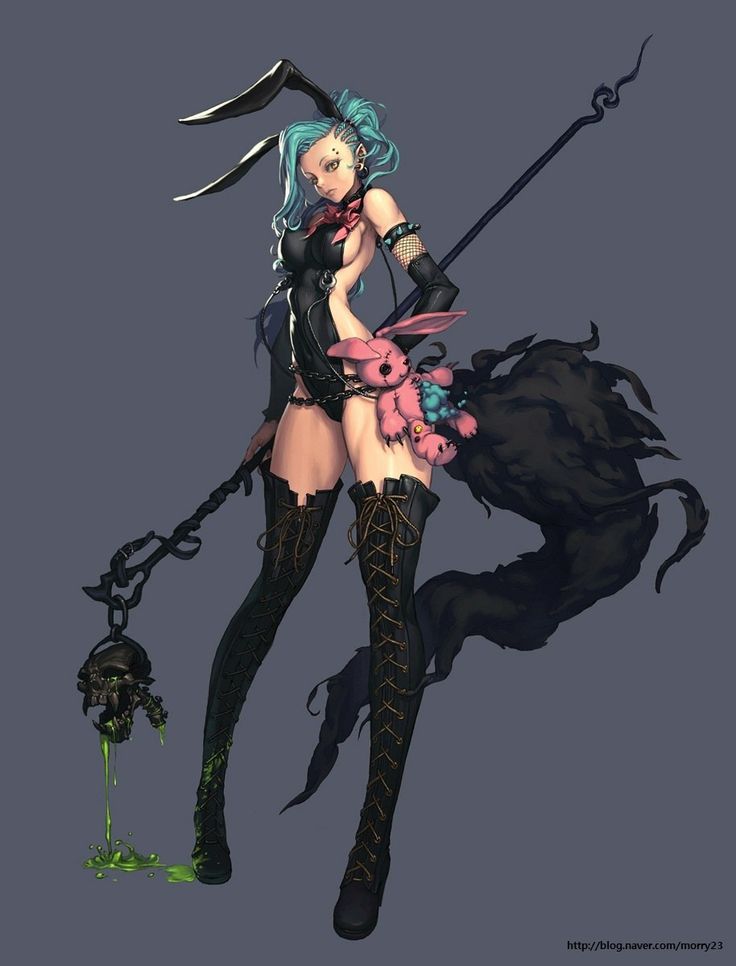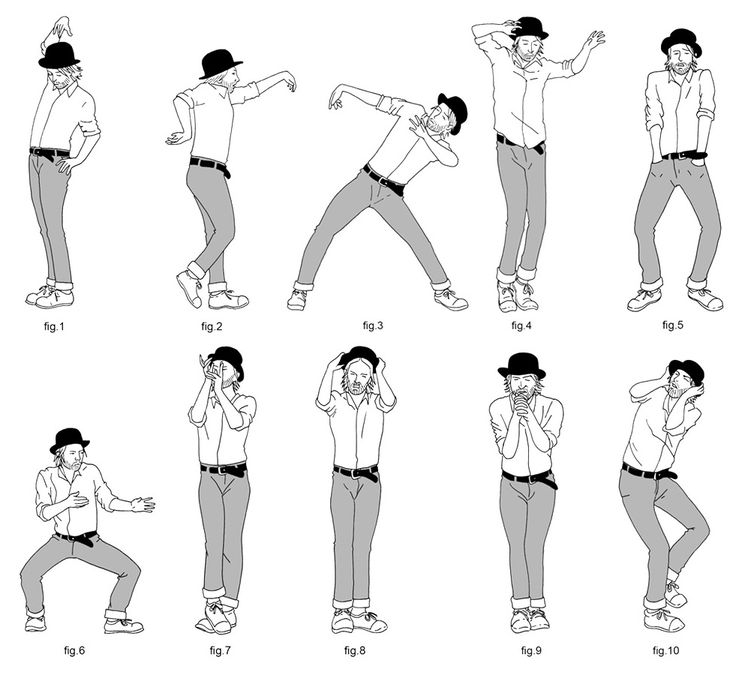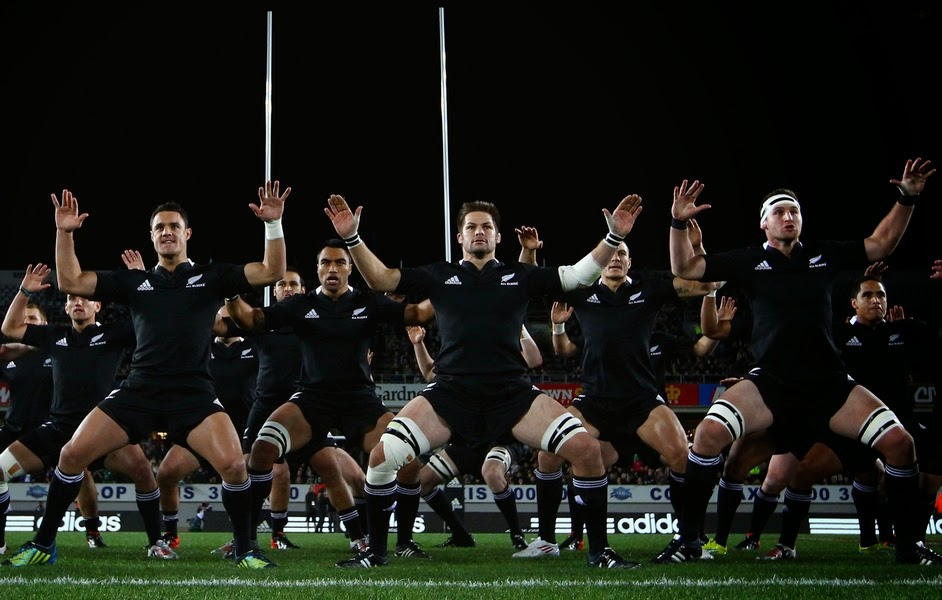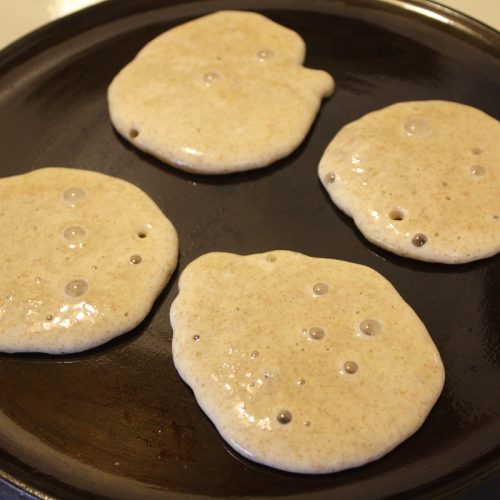How to loosen up when you dance
How To Not Look AWKWARD When You Dance
Do you feel awkward when you dance??
It’s pretty normal to feel insecure about your dancing.
I mean, it’s your body. Your literal SELF that's being put out there!If you’re that person at the club swaying awkwardly or hanging out by the wall at a school dance…
We’re here to help make you feel more comfortable in your body.
Ready to stop being a wallflower?? Wanna get movin’ and groovin’??!?!
Let’s go!
1. Own your style
If you feel awkward when you dance, then you will look awkward when you dance. And if you keep telling yourself you're awkward, then you will stay awkward.
The first step to overcoming awkwardness is to stop that self-deprecating narrative.
You don’t have two left feet.
You do have rhythm.
You can be a good dancer.
Re-defining your view of yourself is the only way you allow yourself to grow.
And if you're truly convinced that you can't follow a beat or stop tripping over yourself... just take some time to practice those basic foundations!
STEEZY's online "Intro to Dance" program walks you through all of the fundamentals step-by-step, so it's the perfect place to start.
Click here to start the program for free!
2. Find your body’s natural groove
No two people in the world have the exact same bodies, music tastes, dance training, or life experiences. This means that no two people really dance the same.
Everyone dances like themselves. You, included! So find that groove that feels right to you.
When you take class, modify the choreography to fit your body. And when you freestyle, just start with a basic two-step.
That simple left-right, right-left skeleton leaves SO much room for you to build off of.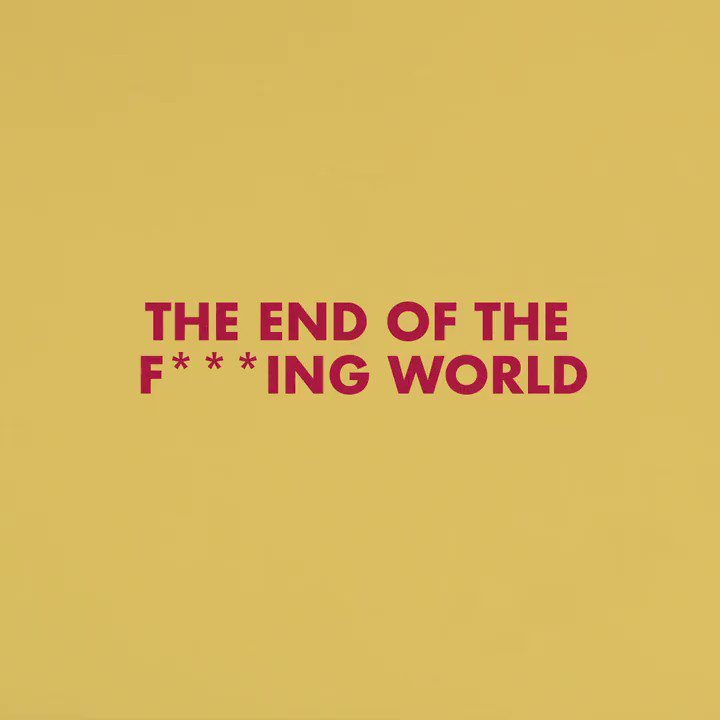
Feel the way your body reacts to the music...
Let yourself groove out...
3. And COMMIT to it
A lot of the time, dancers will look awkward because they PLAY THEMSELVES!!
That slight hesitation, that SMIDGEN of under-delivery, that look of “oh sh*t” on their faces…
Awkward.
Knowing and committing to yourself is the only way you won’t look awkward when you dance.
4. Loosen up!
Really, an instant fix. Most people look awkward when they dance because they are stiff. And they’re stiff because they aren’t moving.
Don’t lock your knees.
Free your neck to let your head bob.
Shake out your arms.
Relax your core.
You can even do some stretching or pilates to help your muscles get used to that relaxed, loose state!
This pilates class on STEEZY is perfect as it's literally designed to loosen the muscles you use when you dance.
So get LOOSE. No excuses.
5. LISTEN to the music
Maybe you look awkward when you dance because your body isn’t matching the tempo of the music.
Simply aligning the rhythm of your movements to the beat will make your dancing look a lot more put together.
Or, your vibe isn't matching the vibe of the song, making your dancing look off.
Follow Melvin Timtim's advice on this:
6. Have fun
I’ve never watched someone genuinely love what they’re doing and judged them.
Pure fun never looks or feels awkward.
So stop overthinking! Put on a soundtrack to a musical you love and lip sync it all the way through. Blast some dirty rap music in your car and go awff.
Play some sexy bedroom music and serenade your lover. At the end of the day, dance is something that lets you play.
You can be anyone you want, do anything you want, and escape from whatever stresses are plaguing your mind.
Dance is an escape, not another stressor.
So have fun with it :) and looking dope will happen on its own. Being a good dancer or a bad dancer, a dope one or an awkward one...
It depends on what you practice – both mentally and physically. Use these tips to make dancing look and feel like second nature.
You’ll be tearin’ it up on the dance floor in no time.
What are some things that helped you overcome looking awkward when you dance? Comment below and leave a tip!
Classes on STEEZY Studio help you loosen up to move more comfortably.
Take our beginner program to learn the essential grooves to start with!
Is Your Dancing Too Tense? 3 Ways To Loosen Up
When a dancer’s body has excess tension, their movement can lose its luster and flow. “What we see when we watch a spectacular performer is the precise application of effort,” says Peggy Gould, an associate professor at Sarah Lawrence College who teaches dance conditioning and kinesiology. “Not too much, not too little, but just the right amount.”
“What we see when we watch a spectacular performer is the precise application of effort,” says Peggy Gould, an associate professor at Sarah Lawrence College who teaches dance conditioning and kinesiology. “Not too much, not too little, but just the right amount.”
Yet even a dancer in top condition with strong technique can’t disguise the tension that builds up from overworking and imbalances. The solution does not lie simply in trying to “relax,” but in getting a better idea of where where the tension comes from.
Why We Need Some Tension
Tension refers to the action of muscles contracting. Dancing would be impossible without a certain amount of it. “We would be a puddle on the floor,” says Tom Welch, a professor of dance kinesiology at Florida State University. Gould defines it further. “Tension is muscle work that does not produce motion, but rather helps to maintain a stable or static situation. There is no change in muscle length, no change in relationship between the bones the muscle attaches to, no joint motion, no movement.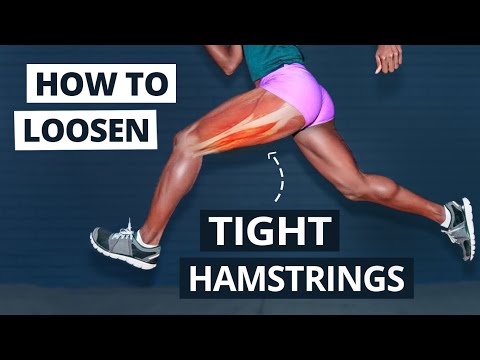 ”
”
Excess tension, which can make you look stiff, derives from the relationship between muscles and bones. “When we don’t make good use of our bony support structures, it’s often our muscles that wind up playing key roles in holding us up against gravity,” Gould says. “Treating a muscle like a bone generally leads to that muscle behaving more like bone, becoming stiffer and more resistant.”
Here’s the good news: There are numerous ways to relieve excess tension.
Work you do outside of technique class can help balance your body and build strength to help you dance with less tension. Photo via Unsplash
Start by Building Strong, Long Muscles
For Welch, the way you prepare your body for the job of dance can help release excess tension. “Muscles have to be strong and long,” he says. He teaches a special Pilates class devoted to reducing tension. “It’s a two-stage process involving activation and strengthening, then releasing and stretching,” he says.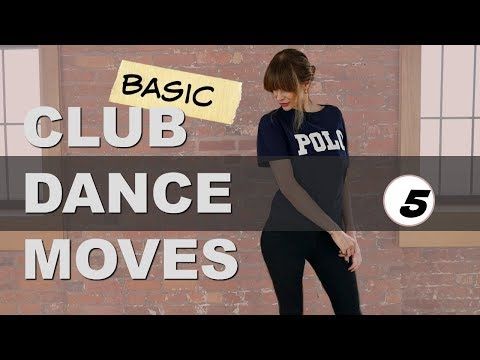
Rub and Roll It Out
Jennifer Williams, of Chaddick Dance Company in Austin, Texas, has struggled with excess tension all her dancing life due to structural imbalances from scoliosis. “I’m a firm believer in rolling out muscles, whether it’s a tennis ball or a foam roller,” says Williams. These provide feedback to the neuromuscular system—a dancer can sense her body against it, and become more aware of where she is holding extra tension. Massage can also play a vital role in releasing tightness. “I see a massage therapist every other week,” Williams says. Heat and proper stretching can also help muscles relax.
Understand The Root of the Problem
Somatics training can help dancers get to the bottom of the tension cycle. “We must understand the origins of a tension pattern in order to let go of it,” says Gould. “I encourage students to think of this work as refinement in order to advance their technical capabilities.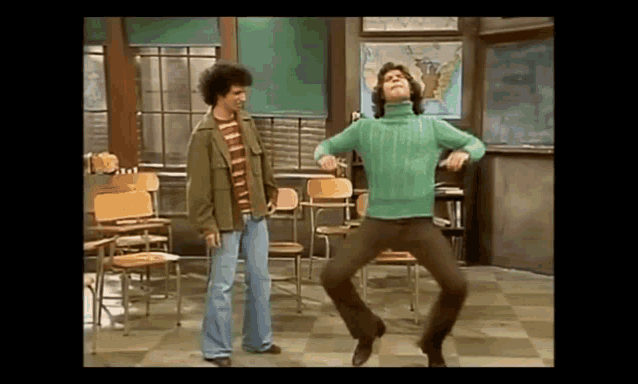 ”
”
Many somatic systems aim at freer movement. Methods like Feldenkrais, Alexander Technique and Ideokinesis allow students to slow down, make small changes and discover the differences in their posture without from the demands of dancing. Feldenkrais focuses on skeletal balance; Alexander, on the position of the skull; Ideokinesis enlists visualization and imagery to foster physical change.
The ease, length, balance and efficiency that these systems help dancers develop all lead to a reduction of unnecessary tension. Welch finds a multifaceted approach works best, one where a dancer can spend time exploring tension in a separate class. Then it can be useful to have the concepts reinforced in dance class through the verbal cues explored in somatic classes.
How to deal with tension while dancing
Many dancers, even very experienced ones, have such a problem as fear of the audience, excitement before going on stage or even during training, and the tightness that follows from this, which literally breaks the whole dance. Here you are standing on the floor, or even in an ordinary rehearsal room in front of the coach, and you start thinking that you are in the spotlight, that everyone is looking at you, how you look now, how not to forget the movements, get into the rhythm, etc. d. Bottom line: panic, stiffness, unnaturalness and nervousness. Familiar? Then this article is for you.
Here you are standing on the floor, or even in an ordinary rehearsal room in front of the coach, and you start thinking that you are in the spotlight, that everyone is looking at you, how you look now, how not to forget the movements, get into the rhythm, etc. d. Bottom line: panic, stiffness, unnaturalness and nervousness. Familiar? Then this article is for you.
So, what do you do to calm down, gain confidence and finally enjoy the dance itself, and maybe even the realization that everyone is looking at you and your great performance? There are several ways.
Relax
Try to learn (learn very well) the movements themselves first. Let it be a little "wooden", that's okay. And then, when the movements reach automatism, try to relax, treat the dance with calmness. Feel the music, immerse yourself in it. Movement will become much more relaxed and natural. The main thing is not to overdo it with "carelessness", you need to find a middle ground between ease and tension, which is also necessary in moderation.
Go to dance parties, dance floors, discos
Go to discos more often, where there are many people like you, where you have the opportunity to relax and try dancing for yourself. Surely, when you dance, being alone, for example, at home, you do it easily and freely, and you get upset that it is much more difficult to do it in public. When you are at a disco, in a noisy crowd, among hundreds or dozens of people, no one will notice your mistakes, no one will correct and judge you, like in an exam. So you can just forget yourself and feel confident, as if no one is looking at you.
Improvise
Improvisation is a very rewarding experience. Turn on good, dynamic music and dance the way you want, the way you feel. Even if there are no such movements in a particular direction of dance, it does not matter. The important thing is that it relaxes well, helps to feel your body, establishes a dialogue between the mind, feelings and body. To know your body, to be able to fully - both physically and emotionally, to immerse yourself in music - is necessary for any dancer.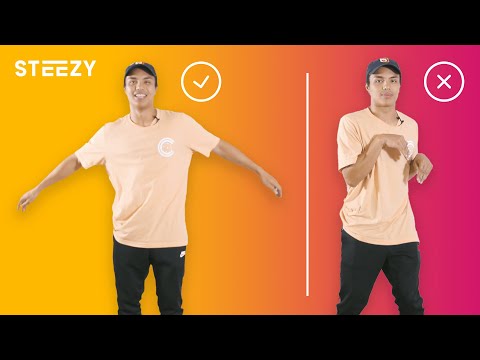
Dance for yourself
And finally, the main thing - dance for yourself, no matter how selfish it may sound. Learn to have fun, make it so that you are moved by music, so that during the dance the only thing that would be essential for you is the dance itself and nothing else: neither the reaction of the audience, the judges, the coach, nor your appearance - you can think about this after. As the hero of the film "Dandies" said: "Here you don't need faster, stronger, higher - here you need drive, energy." Let these words become your motto, and you will understand what happiness it is to dance.
Author:
More articles:
| Relaxation in dance |
| An interesting note from one dance teacher. How to relax in the dance, lead and obey the lead. I have been a dance instructor/teacher for three years. And here it boils.
God! How busy are we!!! As professional body therapists have explained to me, chronic muscle tension is related to our fears. Girls are afraid to be beautiful and sexy. I have seen this hundreds and thousands of times already. Believe it or not. They can verbally say that they consider themselves beautiful. But their body says otherwise. A separate issue is the fear of trusting a partner, of being fooled. Approximately such a position: "I myself. I will do everything myself." Men are afraid to be men. To decide, to lead, to be completely one hundred percent responsible for the dance. Show your will, intention, take responsibility. They are afraid to express their sympathy, to show tenderness, attention, care. And what do we get as a result? Buratino Crew. 500 people on the dance floor, of which 10 people are somewhere somehow relaxed, and 490 bodies reduced by convulsions of varying intensity. Don't get me wrong: I'm not judging anyone. I myself was (and still remain) the most exemplary pinocchio. For 9 months I went to classes in a preparatory group, which people usually complete in a month. The teacher walked around the hall and corrected mistakes, when he looked at me, pity appeared in his eyes, and he said: "Lord, what a wooden you are!" That's not the point. The message is this. Friends! While we are constrained by fears, our bodies are clamped, muscles are constrained by chronic clamps, forget to even think and stutter about some kind of harmony, spiritual growth, happiness and other similar garbage. Don't screw around. This is technically impossible. The body does not feel Joy from movement. Energy does not flow through your meridians. |
 What are we so afraid of?
What are we so afraid of?  And at the same time - strength, confidence.
And at the same time - strength, confidence. 
